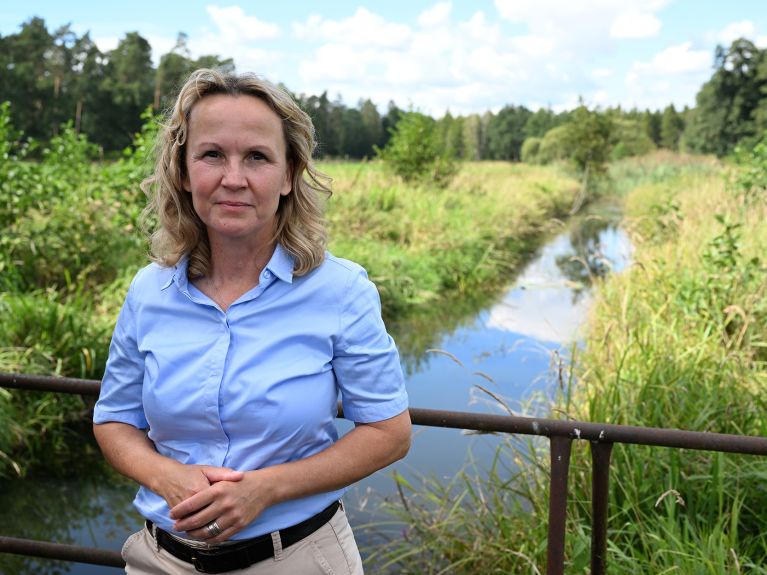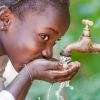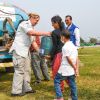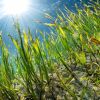The future of water supply
In our interview, Environment Minister Steffi Lemke explains how Germany’s National Water Strategy is intended to counter climate change.

By 2050, water management in Germany is to be adapted to the impacts of climate change and a semi-natural water balance established. This is the goal of the National Water Strategy that has been decided by the government. Federal Environment Minister Steffi Lemke explains what the Water Strategy involves.
Minister Lemke, what challenges does water supply in Germany face?
Our water supply is a complex system. Public water supply has to take into account all kinds of different factors, the development of which is often difficult to predict. Population and economic trends play a very important role, but so too does simultaneous water extraction during peak periods – for instance during prolonged heatwaves – that can result in the network becoming overburdened.
How is the National Water Strategy to solve these problems?
In the National Water Strategy, we argue that water supply or water usage concepts should be drawn up to highlight ways in which predicted water extraction levels can be matched to the available water supply on a regional basis.
We also express our support for closer ties between supply networks and, as a precaution, for further possible priority areas to be defined for the extraction of drinking water. Against the backdrop of the climate crisis, long-distance water supply should also be considered in some regions – of the kind we are familiar with for example in the Stuttgart area, which receives water from Lake Constance – though we generally wish to continue giving priority to water supply that is as local as possible.
What ideas are there for making water supply more sustainable in Germany?
The basis for a sustainable water supply involves restoring a semi-natural water balance that is better equipped to cope with the challenges posed by the climate crisis. The landscape and soil function for example as natural water storage. The banks of lakes and rivers, but also floodplains, must once again serve as natural retention spaces and buffers during flooding and as storage for phases of low precipitation. In this way the water balance will be maintained, which is good for both our water supply and for nature.
I have already mentioned the issue of adapting infrastructure or interconnecting supply networks. However, it will also be a question of finding new approaches to water usage. For instance, many applications do not necessarily require water of drinking water quality. In such cases, recycling and the targeted preparation of process water or waste water can reduce the withdrawal of fresh water and thereby help preserve our drinking water resources.
From the perspective of environmental protection, we must also make further advances with reducing the pollution of our waterways. Despite undeniable progress, the extent to which groundwater and surface water are polluted by nutrients and contaminants is still too high. Besides further improving the treatment of waste water, we need approaches in this context that will avoid such pollutants in the future along the entire chain from manufacture and use to substance and product disposal.
How can the water supply be ensured in the future in the face of climate change?
In the future, it will be a question of adapting to changed precipitation patterns by either allowing more water to penetrate the ground or by retaining and storing it. We need greater clarity about the development of supply and demand so that regional water supply concepts can be developed that will avoid overuse of water resources and conflicts of use. This may also mean further interconnecting supply networks and expanding long-distance supply lines. However, our goal should be to guarantee local supply as far as possible.


